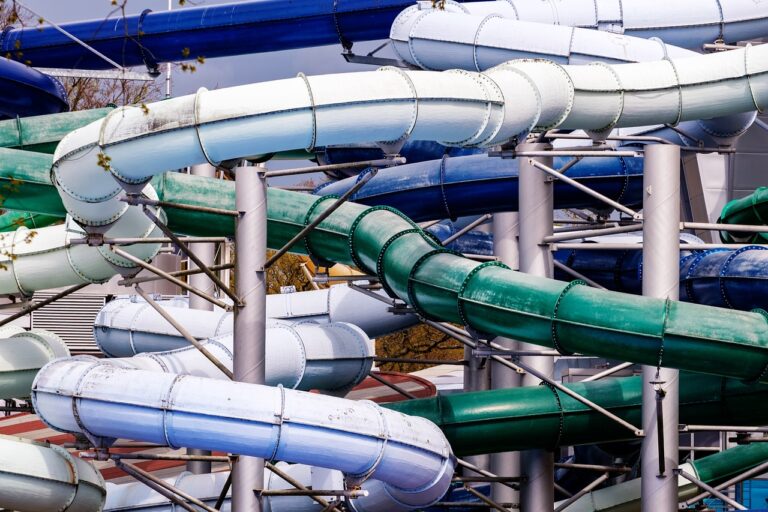Exploring the World of Immersive Art Installations: Technology and Creativity
Immersive art installations encompass a wide range of art forms that fully engage the senses and emotions of the viewer. These installations often transport individuals into unique environments where they become active participants in the artwork itself. Through the use of various techniques such as virtual reality, interactive technologies, and multimedia projections, artists are able to create immersive experiences that blur the lines between reality and imagination.
One of the defining characteristics of immersive art installations is their ability to create a completely immersive and transformative experience for the viewer. These installations often utilize elements such as sound, light, architecture, and technology to create a multisensory environment that captivates and enthralls audiences. Whether it’s walking through a forest of glowing trees, exploring a digital wonderland, or being surrounded by a symphony of sounds and colors, immersive art installations have the power to evoke deep emotional responses and lasting memories.
• Immersive art installations engage the senses and emotions of viewers
• Artists use techniques like virtual reality and multimedia projections to create immersive experiences
• These installations blur the lines between reality and imagination
• Sound, light, architecture, and technology are often utilized in immersive art installations
• They create a multisensory environment that captivates audiences
History of Immersive Art Installations
Immersive art installations have a rich history that dates back to the 1960s when artists began to use technological advancements to create multisensory experiences for viewers. One of the early pioneers of immersive art was the artist Michael Naimark, who created “Be Now Here” in 1995, a project that allowed viewers to interact with various environments through virtual reality technology.
In the following decades, artists like Maurice Benayoun and Rafael Lozano-Hemmer pushed the boundaries of immersive art by integrating elements of interactivity and audience participation into their installations. This trend continued to evolve with the development of new technologies such as projection mapping, augmented reality, and artificial intelligence, further blurring the lines between the physical and virtual worlds in immersive art experiences.
Impact of Technology on Immersive Art Installations
Technology continues to play a pivotal role in shaping the landscape of immersive art installations. With advancements in virtual reality (VR) and augmented reality (AR), artists are able to create interactive and multi-sensory experiences for their audiences. These technological tools allow for a deeper level of engagement, blurring the lines between the physical and digital worlds.
Moreover, the integration of sound and lighting technologies has elevated immersive art installations to new heights. Artists can now manipulate soundscapes and lighting effects to evoke specific emotions and enhance the overall experience for viewers. The use of innovative technology has expanded the creative possibilities for artists, enabling them to push boundaries and challenge traditional artistic norms within immersive art installations.
What exactly are immersive art installations?
Immersive art installations are artworks that fully surround the viewer, engaging multiple senses and creating an interactive and engaging experience.
How have immersive art installations evolved over time?
Immersive art installations have evolved from static pieces to dynamic, interactive experiences that incorporate technology and audience participation.
How has technology impacted immersive art installations?
Technology has greatly enhanced immersive art installations, allowing artists to create more interactive and engaging experiences through the use of virtual reality, augmented reality, and interactive elements.
Can anyone experience immersive art installations?
Yes, immersive art installations are meant to be experienced by anyone who is interested in art and technology. Some installations may have age restrictions or accessibility considerations, but in general, they are open to the public.
Are immersive art installations only found in museums?
Immersive art installations can be found in a variety of settings, including museums, galleries, public spaces, and even online. The accessibility of technology has allowed for these installations to be created and experienced in a wide range of environments.







